Dr. Nguyen Quoc Hung, General Secretary of the Vietnam Banks Association, said so at the International Conference with the theme "Opening the international green capital market - Promoting sustainable development and financial inclusion in Vietnam" organized by Nam A Bank on September 5.
According to Dr. Hung, in Vietnam, the Government has committed to achieving the Net Zero target by 2050 in parallel with the strategy of promoting financial inclusion and private economic development. This is both a challenge and an opportunity for Vietnam to become an attractive destination for global green capital flows.
To achieve the set goals, the Government has approved the National Strategy on Green Growth for the 2011-2030 period and vision to 2050, focusing on three strategic tasks: reducing greenhouse gas emissions and promoting the use of clean energy and renewable energy; greening production; greening lifestyles and promoting sustainable consumption.
 |
| Dr. Nguyen Quoc Hung, General Secretary of the Vietnam Banking Association, said that the development of the green financial market in Vietnam still faces many barriers that need to be removed. |
Accordingly, the Government, ministries and branches, including the State Bank of Vietnam (SBV), have issued many policy mechanisms to create a legal corridor and encourage the achievement of green growth and sustainable development goals. Recently, on July 4, 2025, the Prime Minister issued Decision No. 21/2025/QD-TTg stipulating environmental criteria and the confirmation of investment projects in the green classification list.
However, according to Mr. Hung, the development of the green financial market in Vietnam still faces many barriers that need to be removed. Firstly, it is the mobilization of financial resources for the goal of net zero emissions by 2050. According to a report by the World Bank (WB), Vietnam needs an investment of about 6.8% of GDP per year, equivalent to 368 billion USD until 2040.
This requires mechanisms and policies to mobilize domestic and foreign capital, promote the development of green financial markets, and encourage private capital flows to invest in green economic sectors.
Second, from 2017 to present, the green credit and green bond market has grown at a rate of more than 20% per year, much higher than the general credit growth rate of the economy.
Regarding the green credit market, by June 30, 2025, 63 credit institutions (CIs) had generated green credit outstanding loans with outstanding loans reaching over VND 736,000 billion, an increase of 8.35% compared to the end of 2024, accounting for 4.3% of the total outstanding loans of the whole economy, focusing mainly on renewable energy, clean energy (accounting for more than 39%) and green agriculture (over 26%).
Regarding the assessment of environmental and social risks in credit granting activities of credit institutions, outstanding credit balance assessed for environmental and social risks reached VND 4.72 million billion, an increase of 31% compared to the end of 2024. Of which, outstanding credit balance managed for environmental risks according to Circular 17 reached over VND 1.2 million billion.
For the green bond market, green bonds play an important role in promoting sustainable development through capital mobilization for environmentally friendly projects and activities. Although the market is still in its infancy, Vietnamese enterprises are increasingly interested in and actively participating in green bond issuance. While there were only 4 issuances in the 2021-2023 period, in 2024 alone, there were 6 issuances of green and sustainable bonds with a total value of more than VND 10,000 billion, nearly 4 times higher than in 2023. Of which, credit institutions alone issued more than VND 8,000 billion, accounting for more than 80% of the volume of green and sustainable bonds issued in 2024.
However, the scale of green and sustainable bonds in Vietnam is still very small in the total corporate bond market. As of mid-April 2025, the outstanding debt size of this market reached more than 30,000 billion VND, accounting for 2% of the total size of the Vietnamese corporate bond market. Enterprises mobilizing resources from international organizations to improve capacity, governance, and technology investment to meet ESG standards is still modest.
This shows that the proportion of green credit outstanding debt accounts for less than 4.5% of total outstanding debt and in the past 5 years only 1.16 billion USD of green bonds have been issued, which is still very modest compared to the capital demand of about 20 billion USD on average per year to implement green transformation goals and green projects.
Besides, in the context of the whole country's strong transformation with the goal of developing a digital economy, data is a powerful support tool for digital transformation, green transformation, and is a "new resource, a type of strategic asset" - clearly established in Resolution 57-NQ/TW.
Source: https://baodautu.vn/phat-trien-tai-chinh-xanh-con-doi-mat-nhieu-rao-can-d379002.html



![[Photo] Binh Trieu 1 Bridge has been completed, raised by 1.1m, and will open to traffic at the end of November.](https://vphoto.vietnam.vn/thumb/1200x675/vietnam/resource/IMAGE/2025/10/2/a6549e2a3b5848a1ba76a1ded6141fae)








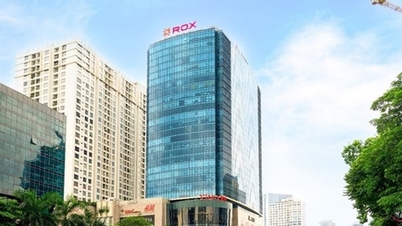

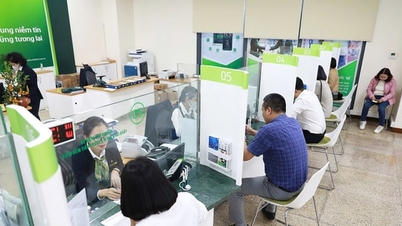








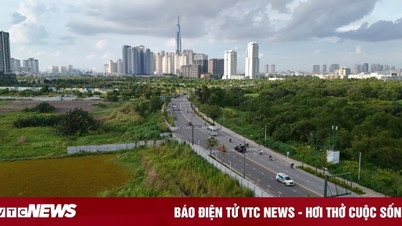


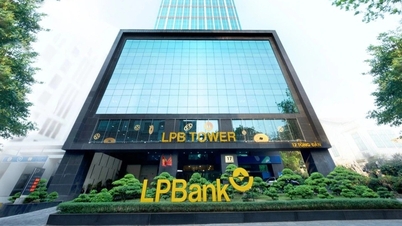
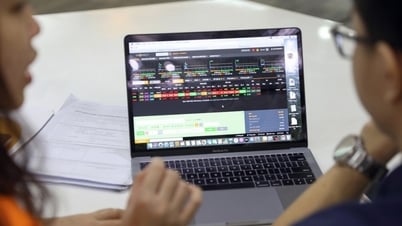











































































Comment (0)